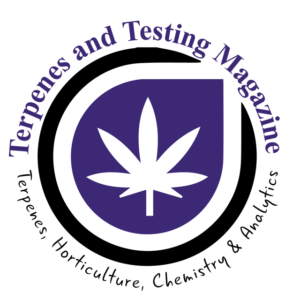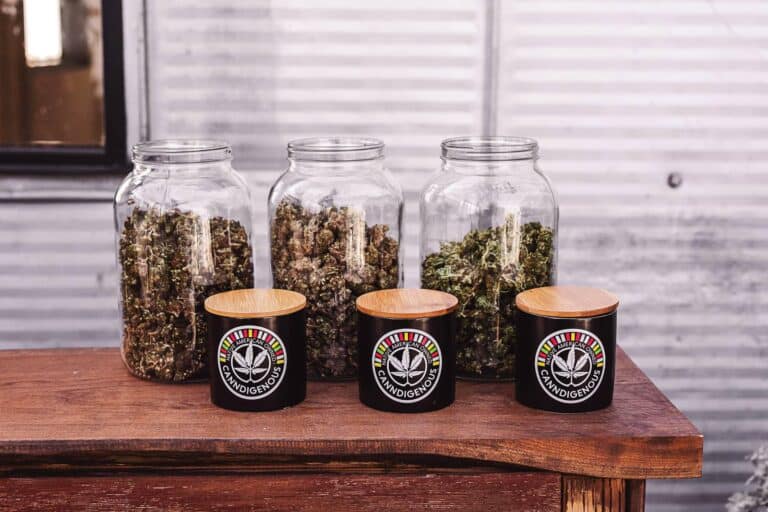Buying legal cannabis and hemp-derived cannabidiol (CBD) was a long-time dream of many cannabis enthusiasts and medical patients, and now it’s a reality. But as with many dreams in life, we tend to envision them through a pair of rose-tainted glasses that magnify their best features while blurring the flaws.
While legalization has been predominantly a major win, there’s a sticking point of many people’s cannabis utopia – the high cost of legal cannabis. And that’s the kind of sticking point with the power to drive even those with the strongest of passions and need for cannabis away from the legal market and back toward the illegal one, or even away from cannabis altogether, towards cheaper alternatives like prescription drugs.
Reasons for the High Commercial Cost of Legal Cannabis and CBD
While cannabis prices fluctuate from state to state, and it’s possible that legal cannabis in certain regions can actually be cheaper than illegal cannabis in others, overall, the legal market charges more. Here are some of the reasons why.
Taxes
Legal businesses and industries are subjected to taxes – that’s one of the primary definitions of being legal. In fact, the tax revenue from cannabis is one of the main reasons why the plant was legalized in many states in the first place. Instead of sponsoring the illicit market and its operators, cannabis enthusiasts’ money can now go toward the economy, for things like schools, public services, etc.
There’s usually a business tax, a city tax, and a state tax – these are just three pieces of the pie that the illegal cannabis market doesn’t have to worry about. Even these taxes alone can be steep enough for many small and/or fledgling cannabis producers to overcome, especially in an industry as new and logistically burdened as this one. There are also grower taxes and taxes on retail sales, which vary from state to state.
But those are just the straightforward taxes that instantly come to mind. As we know, taxation is complicated and comes with various hidden costs by default. But within the already intricately tangled cannabis industry, it becomes a full-blown maze with unexpected taxes lurking behind every corner.
One such unpleasant surprise is Section 280E of the Federal Tax Code, the story behind which sounds like something out of a parody of a crime movie. It was enacted in 1982 to close a loophole that drug traffickers exploited to claim travel expenses and even the cost of a scale for weighing drugs on their Federal tax returns.
Now, legitimate cannabis companies are paying the price for these past manipulations of the law, unable to claim many basic tax exemptions that companies in other industries benefit from.
Third-Party Testing
Third-party testing plays an essential role in the cannabis and hemp industries, and although marked by lingering stigma, provides transparency and trustworthiness. This reassurance comes at a cost, and since the process isn’t exactly straightforward, that cost can be steep. Therefore, a product whose claims of superiority have been backed up by third-party testing is naturally going to cost more than a simply “premium” product.
Needless to say, the illicit market is exempt from such costs, and can respectively exempt its customers from it.
Labelling and Packaging
Labelling and packaging are inseparable components of a legal industry. Not only do they pose extra expenses, but in the cannabis market, those expenses are multiplied by changes in regulations that render a batch unsellable.
Needing to reconfigure labels and packages for new batches is not only costly, but also creates a bottleneck which can be enough to prevent a business from staying afloat.
And unlike other industries, bulk purchases, usually signifying a bargain, are not possible in the cannabis market due to regulations.
Marketing and Advertising Limitations
These limitations, which span many traditional marketing channels, not only make it harder for cannabis companies to profit compared to other industries, but also significantly narrow the advertising playing field, respectively making the competition within it fiercer, and the cost of beating it higher.
These extra costs are bound to be reflected in the price of the end product.
Licensing Fees
Let’s not forget that cultivators, product manufacturers, and dispensaries can’t just start growing, extracting, and selling legal cannabis – they must apply for licenses first, which are not only quite expensive – as much as $200,000 for farmers in states like New York, Pennsylvania – but also have annual renewal fees as the cherry on top. Dispensaries can face license fees between $5000 and $25,000.
Naturally, the idea is for those fees to pay for themselves, which can only happen if customers pay for them by purchasing expensive products.
Struggling Medical Cannabis Market
To make matters worse, for the people who generally have the least amount of financial leeway, the medical market can somewhat paradoxically suffer from the advent of the recreational one. This is because, in states with legal recreational markets, many dispensaries and businesses choose to refocus their efforts into products that appeal to a wider audience instead of catering to highly specific and more demanding needs of medical consumers. This shrinks the medical cannabis market, limiting patients’ options and often even depriving them of products they rely on. Even if they can find what they’re looking for, its price would likely have skyrocketed from the increased demand and decreased offerings.
Since these costly hurdles come out of a cannabis company’s coffers and their customers’ pockets, consumers are unfortunately likely to consider cheaper alternatives.
Cheaper Alternatives to Cannabis
So, what are the cheaper alternatives to cannabis?
Prescription Drugs
Comparing prescription drugs and legal cannabis from a regulatory standpoint brings to mind the Prince and the Pauper.
The pharmaceutical industry is not only much more mature and developed, but also notorious for the tax reliefs it benefits from, which in certain cases, seem to border with tax evasion. The difference between the tax status quos of the cannabis and pharmaceutical industry appears the starkest when you look at Big Pharma – with the new GOP tax law, 4 pharma companies saved a staggering $7 billion in 2018, according to a report by Oxfam.
As a result, pharma companies can practically underbid cannabis ones, especially in the medical market which is understandably much more stable and streamlined. A 90-day subsidized prescription can cost as little as $10 for drugs that may treat many of the same conditions as cannabis. Meanwhile, if 3.5 grams of cannabis costs around $65, the choices of most people who aren’t well off enough to not care about such a price difference, become clear – prescription drugs or illegal cannabis.
Written by Petar Petrov, Staff Writer for Terpenes & Testing Magazine








